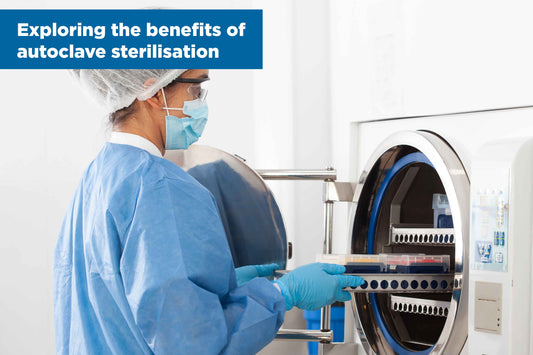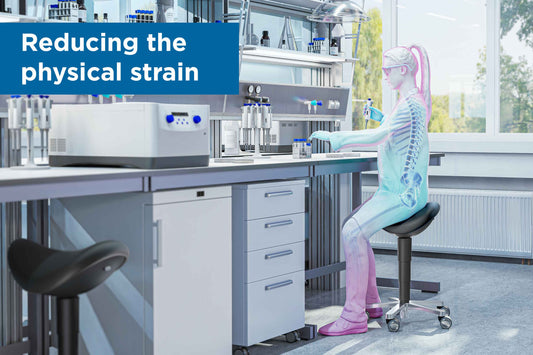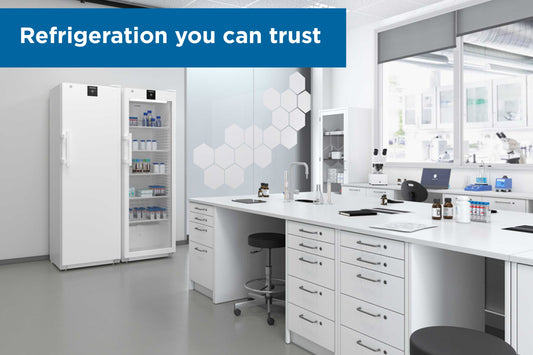As industries across the world continue to adapt to the Covid-19 pandemic, the challenge is how to maintain operational efficiency while keeping employees safe at work. Under our new safety standards, business costs as a result of Covid-19 have dramatically increased. Now that staff safety is established, there are many ways businesses can manage costs through intelligent design.
At Teknomek, we think about hygiene and intelligent design so you can safely spend less time cleaning and more time manufacturing. Here, we’ve compiled some tips on how to keep business as usual while boosting your employee safety in a post COVID-19 workplace.
How to keep your workplace safe for COVID-19
How to keep employees safe and productive
Safe hygiene practices can become second-nature when a workplace is optimised to manage the risks associated with Covid-19. An effective way to do this is to consider the journey through your workplace, and install hygienic solutions in all areas vulnerable to the spread of the virus - from entrances to exits; changing rooms to toilets.
Hands-free hygiene
Just as hands-free hand washing is a given, consider converting touchpoints such as doorways to sensor-controlled designs. If this can’t be done, reduce risk by incorporating sanitising gel at the point of contact or converting to antimicrobial touchpoints.
A nudge in the right direction
Use “Nudge Theory” to encourage hygiene standards with minimal effort. Simple examples can include:
- Placing soap dispensers to the favored side
- Fixing hand gel dispensing door handles at all entrances, exits and production areas
- Floor marking to encourage the right flow and spacing
While these are practical tools in themselves, they also play an important role in subtly reinforcing the importance of COVID-safe hygiene standards throughout the facility.
Although common sense has a part to play, we do need to be pragmatic in that shared facilities often have high turnovers of staff, many temporary. It’s vital you can trust your staff to do the right thing when it comes to COVID-safe hygiene.
You don’t have to be too draconian in instilling a hygiene culture, as we’ve seen overt and subliminal cues have a role to play. The best solution is to ensure hygienic best practices are so easy that you don’t have to think about it.
What should you do when social distancing isn't practical?
While social distancing is the primary means to stay safe and reduce the transmission of the virus, for some sites with limited space, spreading out is not an option.
However, there are other ways to reduce the risk of an individual’s (infected) breath passing to a colleague and throughout the business.
COVID-19 Breath Transfer
Day-to-day, consider whether the employees that need proximity protection are static or mobile. Are they sitting or standing? Your review checklist should consider all variables to inform the cleaning process required for that location. This will determine whether the barrier needs to be structural or transportable. As Covid-19 is spread through droplets in the air, it’s important to consider these things first.
Products that protect staff when space isn’t an option:
- Segregation COVID-19 Screen - ideal for when it’s not practical to enforce social distancing.
- Sanitising turnstiles - will control total numbers in areas such as canteens, provide enough time for people to socially distance and ensure hands are sanitised before the break.
Optimised changing rooms
Changing rooms present a challenge given space is often at a premium and people are often rushing at the start and ends of shifts. Yet staggering shifts can impact labour cost or production efficiency, which can affect the bottom line.
A solution is to consider separating the spacing of PPE and wash troughs to enable them all to be used safely, in a way that best supports production efficiency.
Calculate the CORONAVIRUS cost to your business
As we’ve all seen, the cost of COVID-19 is not just limited to Capex costs of purchasing additional sanitising, PPE and
washing points, signage and screens, there’s an ongoing Opex cost of production delays and additional cleaning as well as more consumables such as sanitiser gel and face masks. Have you accounted for the additional costs that could affect your business as a result of the new hygiene standards:
Total Cost to the Business
- Production costs and output
- Additional PPE
- Hygiene materials
- Clean downtime
- Sickness levels
- New starter training and induction
As safe working looks here to stay, businesses are under continuous pressure to keep costs down and continue to provide for the nation whilst keeping teams safe.
Having created a safe working environment and gained a measure of the ongoing cost, the opportunity is to review IBN context of Lean process management. The process review will identify what is possible to optimise the workplace so it's as safe as possible while ensuring production standards. So you can prevent the potential consequences that arise from COVID-19 spreading throughout your employees and business.
-
Want to read more? Open your doors to expert advice from the hygiene leaders! We've got expert, practical advice to help you reduce risk while increasing efficiency & profit!




